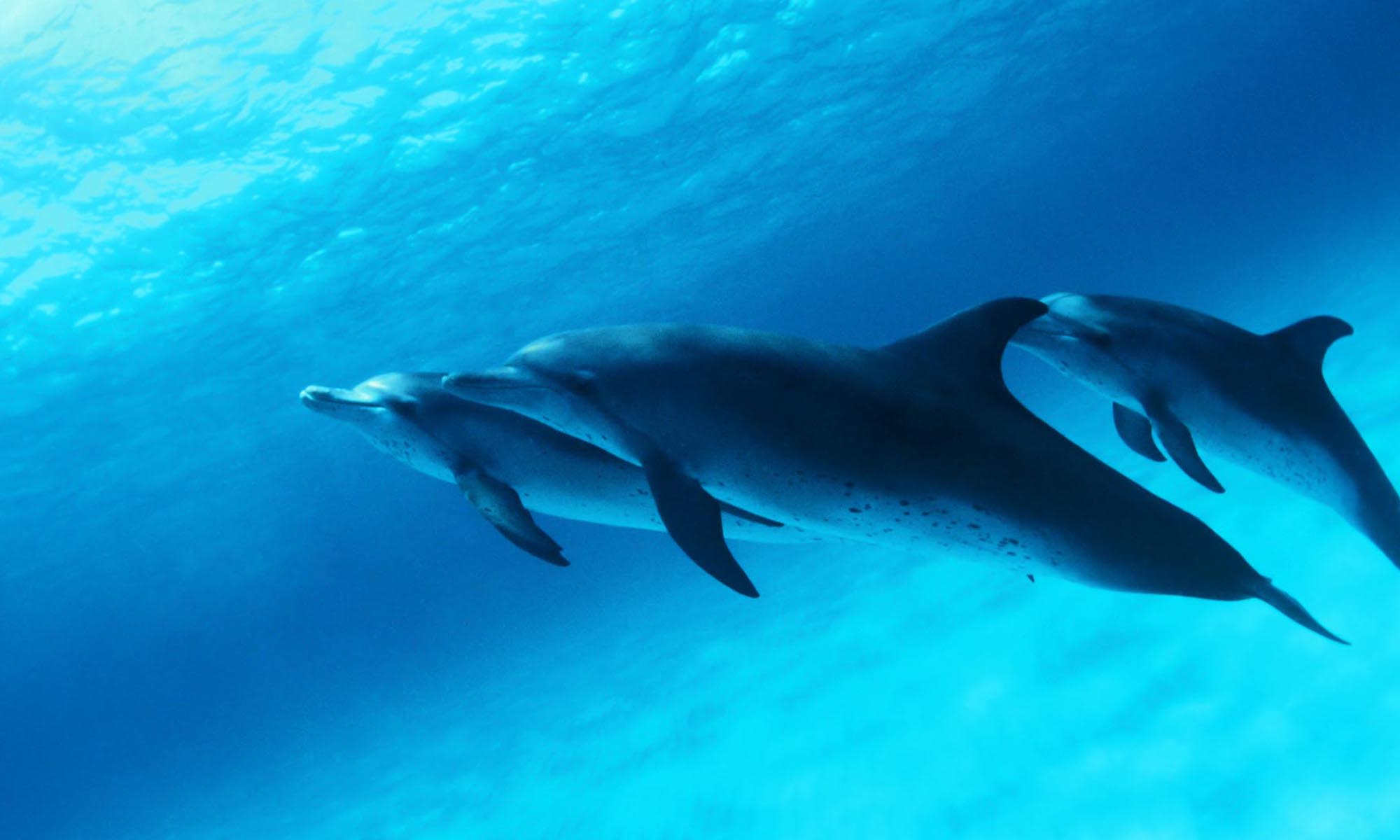After 20 years, the USDA has finally promulgated its Animal Welfare Act (“AWA”) regulations for birds.
The AWA covers the handling, care, treatment, and transportation of covered animals by those engaged in certain activities. While birds not bred for use in research have been part of the AWA definition of “animal” and thus covered by the AWA since 2002, the USDA had not promulgated regulatory standards to cover birds until now. After waiting twenty years for these regulations, people are naturally wondering, “Who do the regulations apply to?” and “What do they require?”
This blog post will cover the first question—Who. We will publish a second blog post covering the “What” of the new standards shortly.
The USDA estimates that the new regulations will cover 5,975 to 7,913 newly regulated entities maintaining birds for covered uses. Could you be one of them?
Part I: Who the AWA Bird Regulations Apply (and Do Not Apply) To:
It is important to remember as a starting point that the AWA applies to:
(1) Dealers/breeders,
(2) Research facilities,
(4) Exhibitors
(5) Operators of auction sales, and
(6) Carriers/intermediate handlers
If you are not engaged in these activities with a covered animal, the AWA does not apply to you and you do not require a license. For example, if you just own a covered animal as a pet (that you do not exhibit for money/sell, etc.), then these regulations do not apply to you.
Further, even if you are engaged in one of the above activities with birds, the new bird regulations do not apply to the following:
- Birds bred in captivity and used for research, teaching, testing, or experimentation purposes
- Excluded from regulatory definition of “animal” under 9 C.F.R. § 1.1[1] (which excludes birds bred for use in research)
- New regulatory definition “bred for use in research” under 9 C.F.R. § 1.1 “means an animal that is bred in captivity and used for research, teaching, testing, or experimentation purposes”
- Retail Pet Stores (brick and mortar, not online)
- Exempted from licensing under 9 C.F.R. § 2.1(a)(3)(i)
- Farm animals intended for use as food or fiber, including:
- poultry (chickens, turkeys, swans, partridges, guinea fowl, pea fowl, ducks, geese, pigeons, doves, grouse, pheasants, quail)
- ratites (ostrich, rhea, emu)
- Excluded from regulatory definition of “animal” under 9 C.F.R. § 1.1
- Falconry and exhibitions of birds that solely promote the art of falconry
- Excluded from regulatory definition of “animal,” which includes only those used for research, testing, experimentation, exhibition, or as a pet under 9 C.F.R. § 1.1
- Eggs
- Excluded from the regulatory definition of “bird” under 9 C.F.R. § 1.1
- State and county fairs, livestock shows, rodeos, field trials, other fairs or exhibitions intended to advance agricultural arts and sciences
- Excluded from regulatory definition of “exhibitor” under 9 C.F.R. § 1.1
- Racing pigeons
- Excluded from definition of “exhibitor” under 9 C.F.R. § 1.1 because they are historically rooted in advancement of agricultural arts and sciences
- Bird fancier shows
- Excluded from definition of “exhibitor” under 9 C.F.R. § 1.1 because they are historically rooted in advancement of agricultural arts and sciences
- There are also certain de minimis exceptions:
- Those who sell 200 or fewer pet birds of 250 grams or less annually (e.g., cockatiels, budgies, finches, lovebirds, parakeets) and/or sell 8 or fewer pet birds of more than 250 grams annually (e.g., cockatoos, macaws, African gray parrots) and is not otherwise required to obtain an AWA license (9 C.F.R. § 2.1(a)(3)(iii))
- Exhibitors of four or fewer raptors who hold valid permits from U.S. Fish and Wildlife Service and are not otherwise required to obtain an AWA license (9 C.F.R. § 2.1(a)(3)(viii))
- Anyone transporting a migratory bird covered under the Migratory Bird Treaty Act from the wild to a facility for rehabilitation and eventual release in the wild, or between rehabilitation facilities, and has obtained authorization for the U.S. Fish and Wildlife Service for that purpose
-
- Excluded from the regulatory definitions of “carrier” and “intermediate handler” under 9 C.F.R. § 1.1
-
The bird standards go into effect on March 23, 2023. For current AWA licensees and registrants (those who have a license for other covered species), the standards are applicable on August 21, 2023. For those who will need to apply for an AWA license, the standards are applicable on February 21, 2024.
Stay tuned for Part 2 in which we will cover the substance of the new bird regulations.
[1] The text of the revised regulations can be found in the Federal Register at 88 Fed. Reg. 10654, 10713-21 (available at https://www.federalregister.gov/documents/2023/02/21/2023-03357/standards-for-birds-not-bred-for-use-in-research-under-the-animal-welfare-act)
